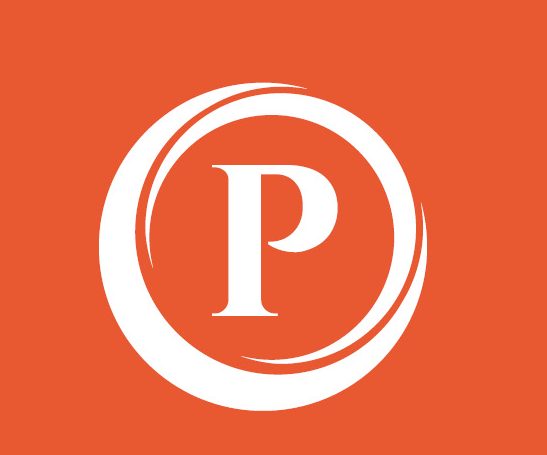A GUIDE TO THE NEIGHBOURHOODS OF BERLIN

For a major city, Berlin is a bit of an anomaly as it does not revolve around a city centre. Instead it is comprised of 12 neighbourhoods that feel like independent towns, each with their own unique character and charm. Depending upon what you look for in a place to call home, choosing carefully can make the difference between a good residence and an excellent one. Here is our rundown on the best of the best.
Mitte
Evolving from a small settlement along the River Spree into the heart and soul of Berlin, Mitte is where you’ll find the city’s most popular attractions. Comprised of both the east and west districts of Berlin, this neighbourhood is certainly the prime place for retracing the past. The unmissable Brandenburg Gate stands tall as the city’s most iconic landmark symbolising peace and unity within both Germany and Europe and is a shining example of neoclassical architecture. The former parliament building, The Reichstag, has been the sight of some of the most momentous political occurrences in Germany’s history and offers visitors an intriguing insight into the past. Its impressive architectural structure is staggering and encompasses the Reichstag Dome, a remarkable glass dome that boasts breathtaking panoramas of the city. The Holocaust Memorial site serves as a poignant reminder to the Jewish victims of Europe’s darkest moment while Museum Island, as the name suggests, is home to several internationally renowned museums, among them the Pergamon Museum, which houses an expansive collection of art and sculptures from the Ancient world.
Charlottenburg-Wilmersdorf
During the division of Germany, Charlottenburg served as an important area in West Berlin that has since merged with the amiable borough of Wilmersdorf. Today, this beautiful neighbourhood emanates an unmissable sophisticated charm and is home to host of splendid historic, cultural and sporting attractions. Ambling around the streets and admiring the elegant architecture you immediately gain a sense of being in a more affluent borough of the city rather than one of its edgier neighbourhoods. Further confirmation of this is with the presence of Charlottenburg Palace. Echoing regal style and class, this stunning palace takes pride of place as Berlin’s largest palace and its lavish interiors are exquisite examples of Baroque and Rococo styles. The sophisticated flair of this quarter extends from the palace through to Kurfürstendamm, better known as Ku’damm, Berlin’s answer to the Champs-Élysées where designer boutiques such as Prada and Gucci reside alongside a plethora of picturesque cafes and restaurants. Charlottenburg-Wilmersdorf is also home to Berlin’s principal ballet company, the magnificent Theater des Westerns (Theatre of the West) as well as the Olympic Stadium.
Pankow
As soon as you arrive into the city’s most populous borough, you are met with a distinct creative buzz that the area exudes as hipster cafes and an effortlessly bohemian vibe set the tone. The locality of Prenzlauer Berg was a hub of counterculture when part of East Berlin and after the fall of the wall it quickly became home to artists and bohemians alike whose artistic flair have transformed it into one of Berlin’s trendiest districts. Today, it radiates a cosmopolitan charm with tree-lined cobbled streets, chic eateries and quirky boutiques. Mauerpark, literally translated as “Wall
Park” is where this enviable artsy vibe is concentrated as an 800m strip of the infamous wall still stands and is popular with local graffiti artists. Every Sunday, the park comes alive with its fantastic flea market as revellers seek out treasures with the remainders of the historic Berlin Wall in the background painting a tremendous picture of modern life in Berlin. Away from Prenzlauer Berg, Weissensee is Berlin’s least populous district but one that delights with a more peaceful allure, epitomised with the presence of the idyllic Weißer See lake.
Tempelhof-Schöneberg
Characterised by flourishing green spaces that emerge from Berlin’s industrial and military past and a thriving LGBT community, Tempelhof-Schöneberg illustrates the city’s ever-changing landscape. Tempelhof Feld, formally an airport that served as an important base during the Second World War and Cold War, has been dramatically transformed into Berlin’s largest park and is a welcome verdant addition to the cityscape. Undergoing a similar renovation, Tempelhof railway yard was once a deserted industrial wasteland which has now spectacularly blossomed into Natur-Park Südgelände, a lush park where fascinating art installations are hidden amongst the welcoming wilderness. Akin to the rest of Berlin, a walk around this neighbourhood will bring you face to face with iconic monuments that have shaped the city’s history. Visiting Schöneberg Town Hall you can almost hear the echo of former U.S. President John F. Kennedy deliver his famous “Ich bin ein Berliner” ( I am a Berliner) speech from the historic building. From edgy underground clubs to more commercial bars, Berlin’s nightlife offers something for all, especially around Winterfeldplatz square, where proudly exhibited rainbow flags mark it as home to the city’s LGBT community.
Spandau
Spandau entices visitors with the promise of green spaces, scenic waterways, charming towns and historic buildings. The luscious greenery and forests that occupy the area render it an ideal spot for those looking to relax in pristine parks with a picnic or for the more active they can enjoy kayaking along the glistening waters of the River Spree. The beauty of Spandau resonates from the way nature and history is entwined, and the neighbourhood is brimming with hidden gems and endless opportunities of discovery. Hidden away in the grassy hills is Fort Hahneberg, a red-bricked Prussian artillery fort which has also served as the backdrop for several scenes from Quentin Tarantino’s Hollywood blockbuster Inglorious Basterds. Despite many of its oldest buildings being devastated in wars and fires, the old town still retains a medieval charm. The Spandau Citadel is a renaissance fortress that is one of Europe’s most well-kept citadels and today is a booming cultural hub that hosts a variety of concerts and events, including the Citadel Music Festival which attracts a range of well-known national and international acts each year.

